About 7-8% of the body weight is composed of blood. Blood consists of different constituents such as red blood cells (RBC), white blood cells (WBC), platelets, and plasma.
Red blood cells or erythrocytes are the most abundant cells in the blood and make up 40-50% of the blood volume. Leukocytes or white blood cells make up only proximately 1% of the blood volume. Blood platelets or thrombocytes are tiny cells that aid in the clotting process (coagulation). Around 55% of blood volume is composed of plasma cells. Plasma is a clear fluid composed of 92% water, protein, fat, sugar, enzymes, antibodies, hormones, blood clotting factors, and trace amounts of other elements.
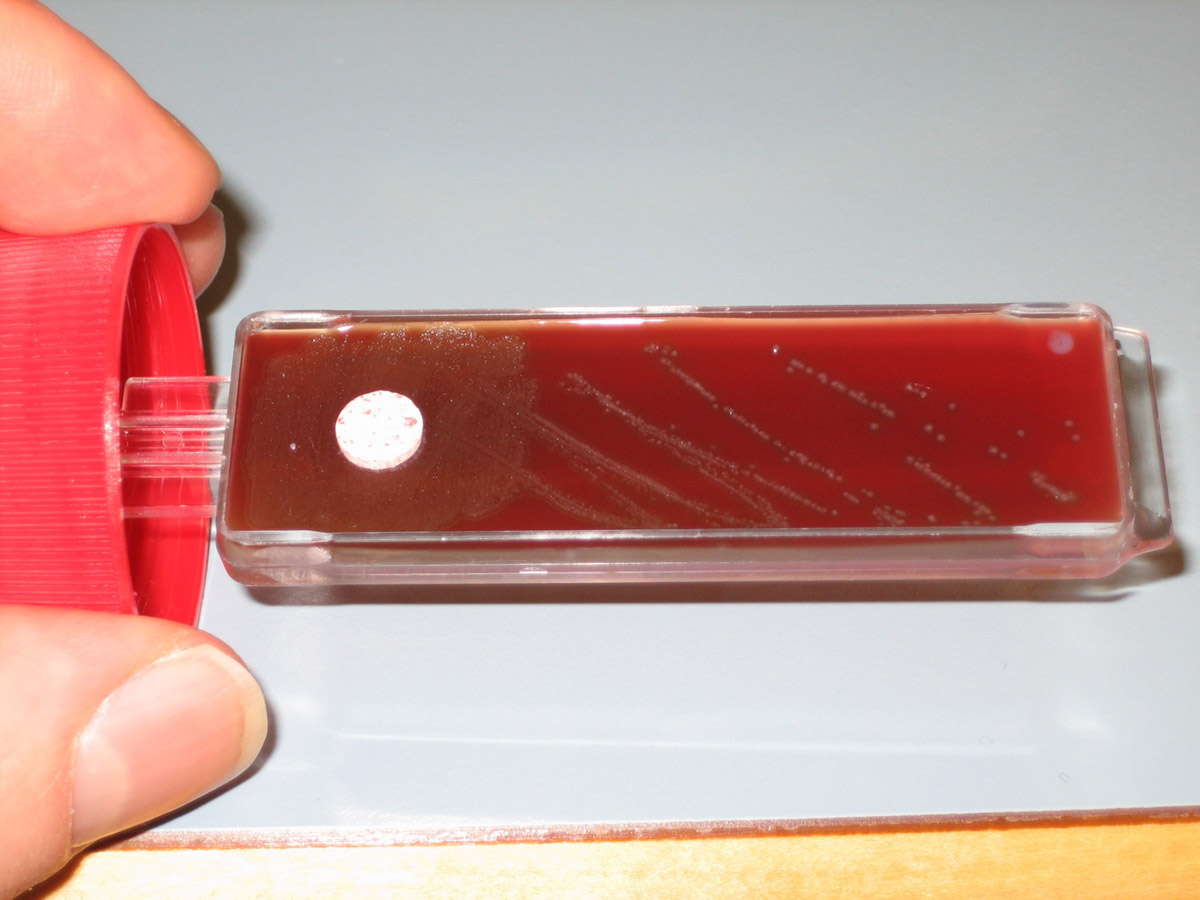
Types of Blood Group
Antigens on the surface of the red blood cell membrane can be either proteins or sugars. There are different types of antigens. The type of RBC antigen determines a blood group type. The most common blood types are ABO and rhesus types.
The presence or absence of A and B antigens on the surface of red blood cells determines an individual's blood type. There are four blood groups: A, B, AB and O. Blood type O positive is the most common whilst AB negative and B negative are rare blood types. Rhesus type can be either positive or negative.
Blood Type A
A blood group is characterized by A antigen present on the surface of the red blood cells and anti-B antibodies present in the plasma.
Blood Type B
In individuals with blood type B surface of their red blood cells has A antigens while in their plasma anti-A antibodies are present.
Blood Type AB
In the AB blood group both A and B antigens exist on the surface of the RBC. However, both anti-A and anti-B antibodies are absent in the plasma.
Blood Type O
Blood type O has neither A nor B antigens on the surface of the red blood cells but both anti-A and anti-B antibodies exist in the plasma.
Plasma Compatibility
Different antibodies can be present in the plasma which may attack particular antigens if present. Because of that, blood groups A, B, or O cannot be donated to blood groups when their antibodies react against the antigens of other blood groups.
Therefore, individuals with A blood type cannot donate blood to an individual with B blood type and the other way around. A person with the AB blood group has no antibodies against A or B antigens and can receive blood from individuals with any blood type.
Blood Type O-Positive
Blood group O has antibodies against A and B antigens so people with this blood type can donate blood to people of any blood type but can receive blood only from those with blood type O. Rhesus factor will determine if blood type O is positive or negative.
Type O positive is known as a universal donor and can be given to recipients of A-positive, B-positive, and AB-positive blood types. On the other hand, people with O-positive blood can receive blood only from O-positive or O-negative donors.
Individuals of O negative blood type can receive blood only from donors of the same negative blood type. The o-positive blood type is the most common blood type. It is estimated that 38% of Americans have an O-positive blood type and it is mostly seen in people of Hispanic origin.
There is a belief that people of blood type O-positive have high stomach acid content and easily digest animal proteins, grains, and dairy.
- This is a single-center, retrospective study conducted at Sir Ganga Ram Hospital, Delhi. We investigated the association of ABO and Rh blood groups with susceptibility to coronavirus disease 2019 infection, the severity of disease, recovery period, and mortality of patients.
- Patients were enrolled from April 8, 2020 to October 4, 2020. A total of 2,586 real-time PCR (RT-PCR)-confirmed coronavirus disease 2019 (COVID-19) patients were recruited. Data was analyzed using chi-square test, odds ratio, and Mann–Whitney test to determine the association of blood groups.
- In the 2,586 COVID-19-infected patients, the frequencies of A, B, O, and AB were 29.93%, 41.80%, 21.19%, and 7.98%, respectively. Of the patients, 98.07% were Rh positive.
- Blood group A (odds ratio, 1.53; CI, 1.40–1.66; p



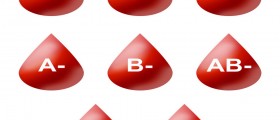
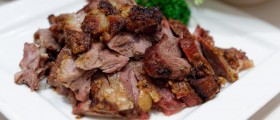



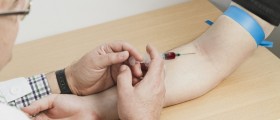

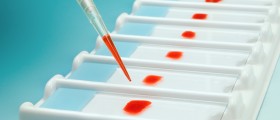
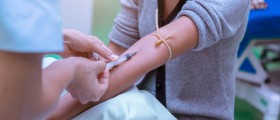

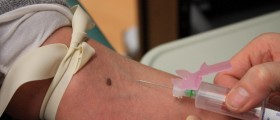

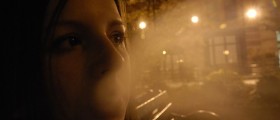
Your thoughts on this
Loading...